The Flume
In 1885 the only source of water for the watering of small gardens and orchards was wells with windmills.
May, 1886, the San Diego Flume Co. was incorporated and the Cuyamaca earthen dam was built. Construction of the flume was begun. Redwood lumber was brought by boat to San Diego harbor, cut to the required lengths and loaded on wagons for the trip inland. Over 800 mules and horses, and 100 wagons were required to transport the nearly 9 million board feet redwood used on this project.
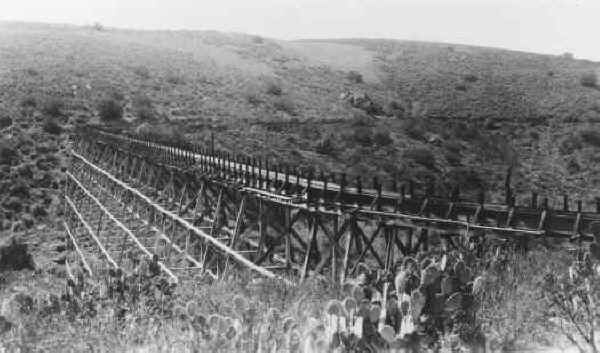
The diverting dam where the water was diverted into the 37 mile flume line to the El Cajon valley was finished in 1888. The flume water went on to Grossmont where there was a small diverting dam known as Eucalyptus Reservoir. Later, La Mesa Dam was built and used until Murray Dam was constructed in 1916. Distribution lines furnished water to Lakeside and other communities. Many local men were employed in the construction of the dam and also as “flume walkers” to check for leaks.
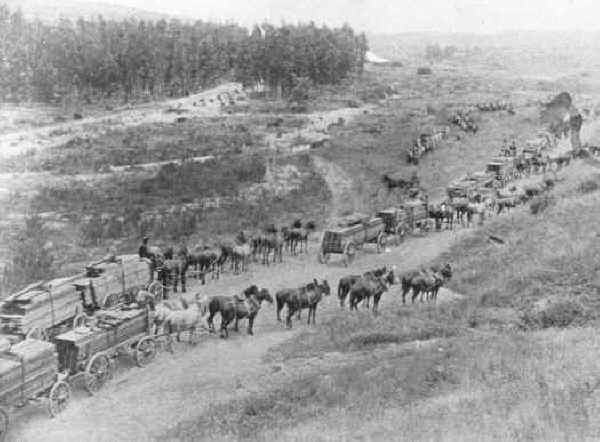
A total of 315 trestles carried the flume across valleys, canyons and ravines — the longest being the Los Coches trestle, 1774 feet in length and 56 feet high. The longest of the five tunnels was the Lankersheim Tunnel which extended for 1,900 feet.
The San Diego Flume Co. sold water to the city of San Diego for many years. A feud developed between J. W. Sefton, later President of the company, and F. S. Babcock and J. D. Spreckles, with the result that Babcock and Spreckles determined to develop their own supply of water for the city.
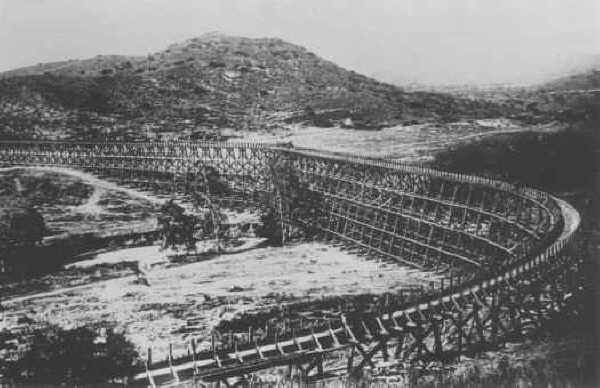
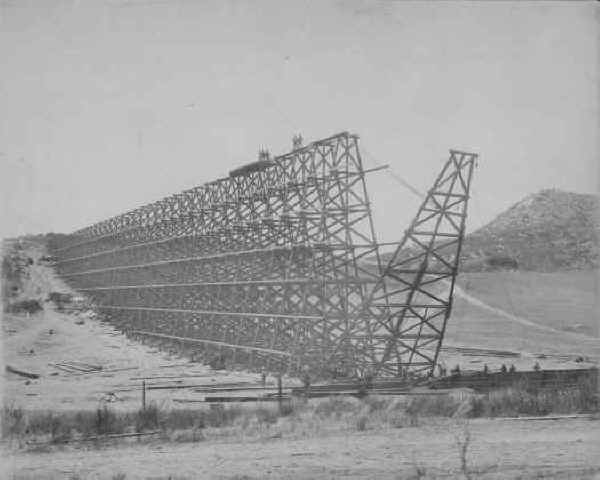
June 1, 1910, James A. Murray and Ed Fletcher purchased the San Diego Flume Co. and changed the name to Cuyamaca Water Co. Ed Fletcher was the manager for 15 years.
Due to a leakage of 25% to 30% of water, the entire 37 miles of flume had to be relined with a rubberized roofing at a cost of $44,000, Roscoe Hazard doing the work.

The flume’s usefulness eventually was replaced with other water sources and today are very few remnants of the old line remaining.
On August 22, 1981, a dedication of a monument to the Great San Diego Flume was held at the R. M. Levy Treatment Plant on Lake Jennings Road, sponsored by the Cuyamaca Parlor No. 298, Native Sons of the Golden West.
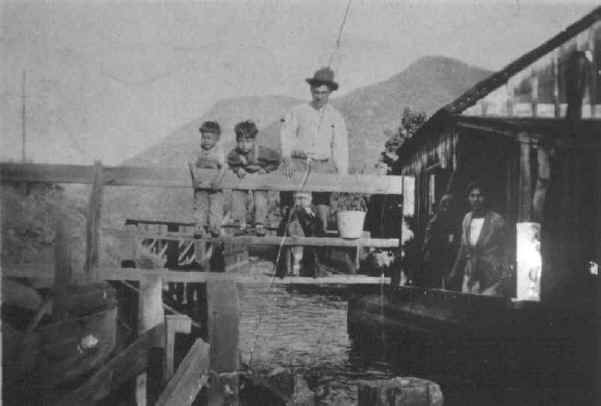
Well-known historian John Montgomery, a member of the El Cajon School District for 35 years and past president of the Congress of History, served as master of ceremonies. Harry Griffin, a noted water historian, related the history of the flume. The monument is a rock foundation with a replica of part of the old redwood flume line incorporating part of the original flume. A bronze plaque tells the story of the flume line.
Ruby Nelson was secretary of Lakeside Mutual Water District for many years. Others who played a large part in the growth and maintenance of Lakeside’s water were Josiah Gibson, Les Kephart, Jack McClean, Art Foster, George Ribley, Walter Masters, Richard Clevenger and Herb Barnett.

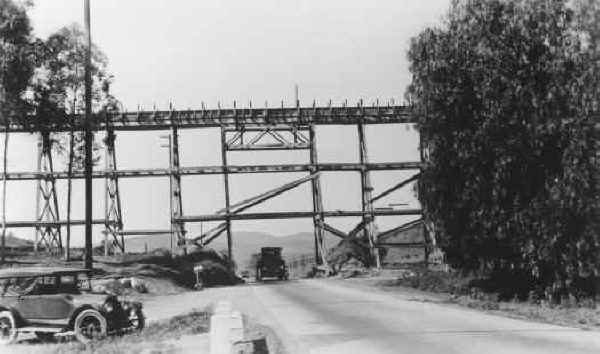
Flume Brought Water and Recreation to El Cajon Valley (You will need Adobe Reader or a pdf reader to view this list. You can download Adobe Reader here.)
